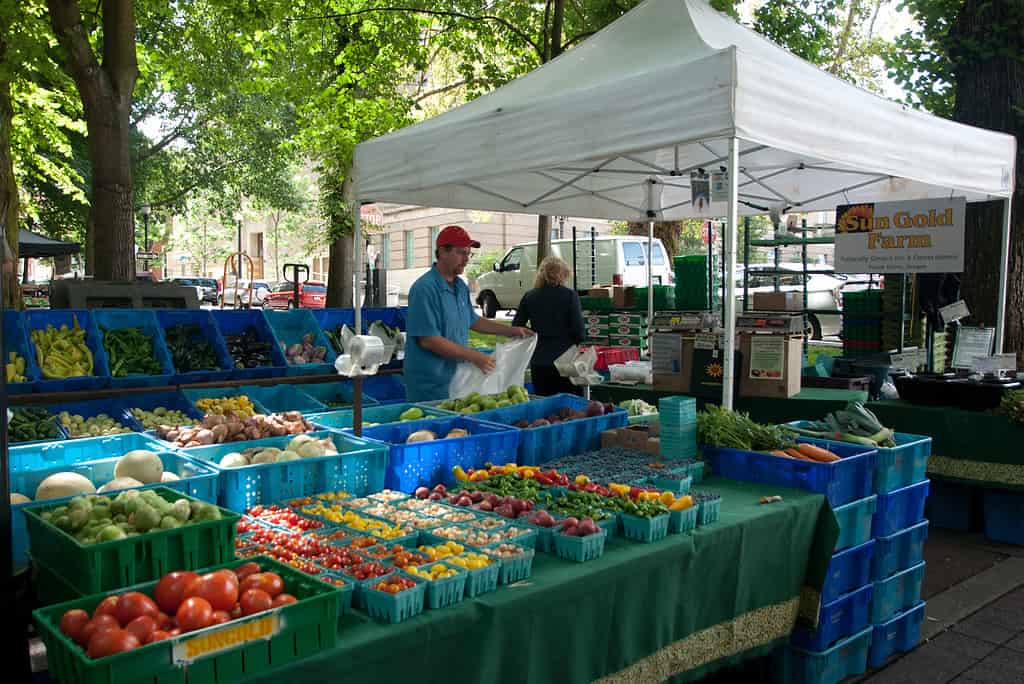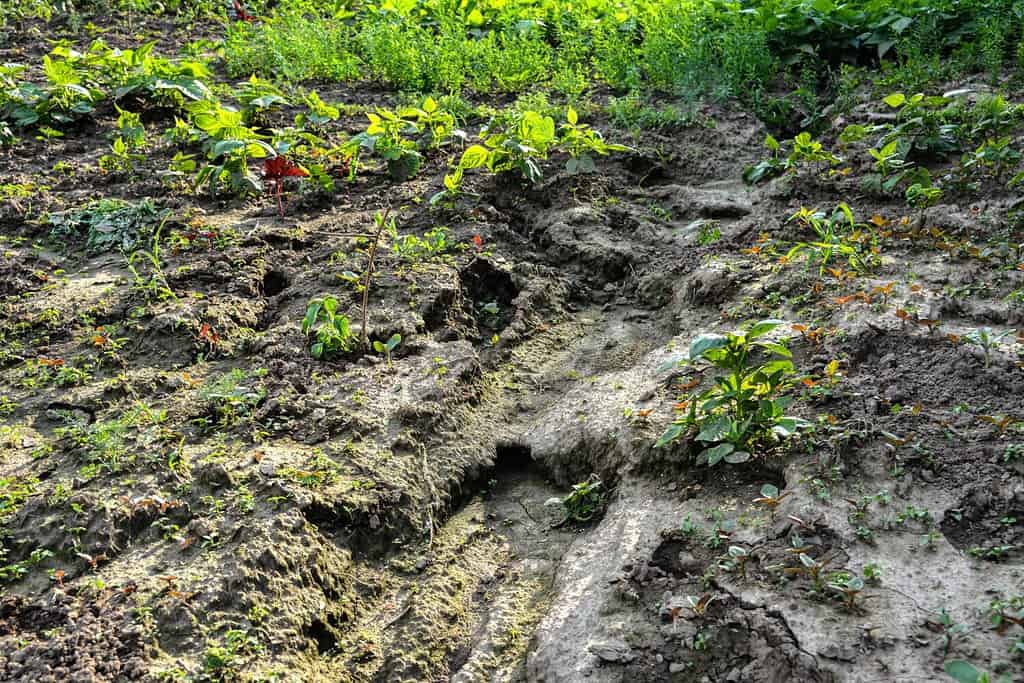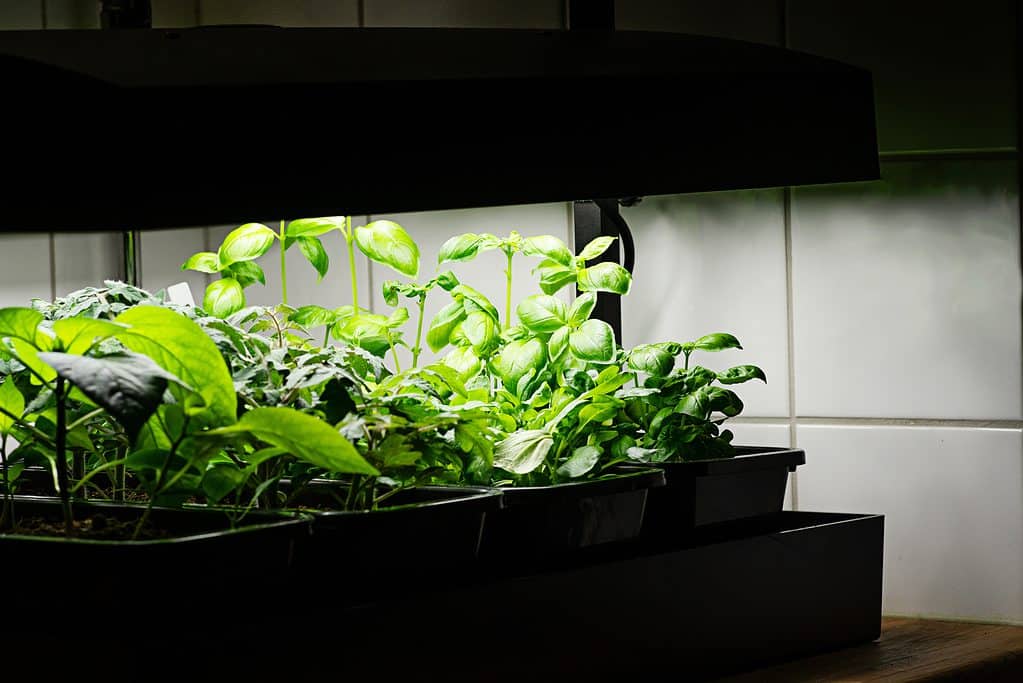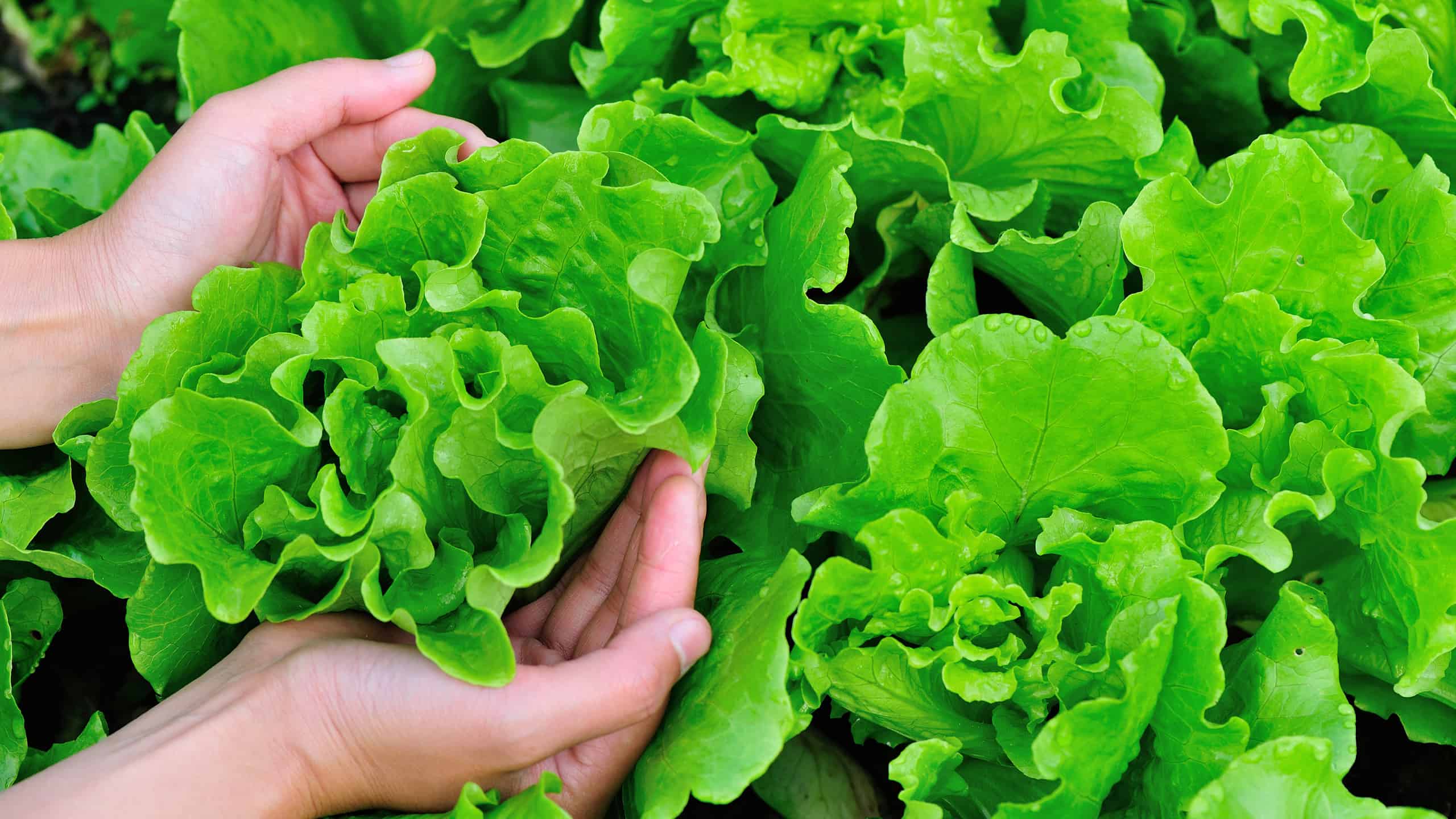Spikes in lettuce prices happen for several reasons, but the largest spike in history hit in 2022 and raised alarms for shoppers. While shortages caused price fluctuations during the pandemic, the Federal Reserve Bank of St. Louis (FRED) listed lettuce’s producer price index (PPI) at 254.327 in August 2022, which was well after the pandemic’s restrictions ended. Just three months later, it skyrocketed to 1,736.783.
Prices had never been so high. What is the real reason lettuce is so expensive? While you might feel it all comes down to supply and demand, and while that’s true, there are other aspects.
What Is PPI and How Is It Calculated?

The producer price index and consumer price index are calculated from the price producers sell goods like lettuce and what consumers pay at stores and markets.
©iStock.com/dornoff
PPI is a measurement of the average price sellers and producers get for the goods they grow or create. It helps analyze how the economy is doing. The U.S. Bureau of Labor Statistics shares the formula used to calculate PPI, and it’s incredibly complex. Keep in mind the PPI is an index of growth and not actual prices. There’s a better measurement if you’re looking for average per-pound pricing.
A better gauge of average prices is the consumer price index (CPI), which looks at how much consumers are spending in stores and marketplaces. What the CPI shows is that consumers went from paying around $2.841 per pound for romaine lettuce in August 2022 to $3.487 per pound in November.
What Caused the Price of Lettuce to Soar?
Prices go through seasonal increases and decreases, but certain factors are behind the real reason lettuce is so expensive. Severe weather is the biggest issue.
1. Climate Change

Flooding impacts harvests and requires farmers to dispose of any plants touched by floodwaters.
©weha/Shutterstock.com
Climate change is the main reason lettuce prices are soaring. The impact of weather on lettuce crops is clearly causing problems. Heavy or extended rainfall leads to flooding and mudslides that destroy crops. Droughts and hotter temperatures impede a plant’s growth.
Vermont’s Pitchfork Farm lost about 100,000 pounds of carrots in the July 2023 flash floods. Even if floodwaters recede and crops survive, federal laws prohibit farmers from selling produce due to the risk of sewage and other flood contaminants.
Much of the nation’s lettuce crops come from Salinas Valley in California. Constant flooding early in 2023 destroyed lettuce crops, but the impact is ongoing. Markon Cooperative, one of the largest produce suppliers in the U.S. and Canada, is also dealing with extremely icy weather. That ice keeps workers from being able to harvest lettuce and freezes growing lettuce, which leads to shortages.
2. Food Recalls
Sometimes, farms and production equipment test positive for certain contaminants. It might be caused by deer or mice that get into fields or processing plants. When this happens, the USDA requires stores and manufacturers to destroy unsold produce and alert the public with government food safety recalls. This can cause short-term shortages and increase prices. Here are some of the top lettuce recalls in recent years.
- C&E Farms: Rodents got into certain bins of romaine lettuce leaving droppings in the lettuce.
- Dole: Iceberg lettuce was recalled due to Listeria found on harvesting equipment.
- Fresh Express: One package of fresh salad mixes tested positive for Listeria monocytogenes.
- Kalera: Some head lettuce tested positive for salmonella.
- Revolution Farms: Romaine, spring mix, and sweet crisp were recalled due to possible Listeria monocytogenes contamination.
3. Freight Costs

Higher per-mile trucking rates drive up grocery store prices.
©James Steidl/Shutterstock.com
Shipping and transportation problems arose during the pandemic. One of the biggest issues was that there were not enough truck drivers to transport goods around the nation. Plus, you have some of the nation’s largest freight brokerages shutting down, which reduces competition.
Each year, the American Transportation Research Institute releases a report on the average cost per mile trucking companies charge. This price factors licensing, permits, truck maintenance and repairs, fuel, and driver wages and benefits. Before the pandemic, that cost was $1.69 per mile, but it increased to $2.251 after the pandemic.
Produce leaves farms and packers in refrigerated trailers that travel across the country to reach stores, which means trucks travel thousands of miles to get lettuce to you. Those increased transportation costs trickle down to consumers and drive up grocery prices.
4. Increased Demand
When demand for lettuce increases, it also drives up prices. Companies charge more if shoppers prove they’re willing to buy at those inflated prices. Something as simple as a trending salad recipe can increase demand. Remember when certain low-carb diets became popular and dieters used lettuce leaves in place of bread or buns for burgers and sandwiches? Trendy breadless sandwiches increased the demand for lettuce.
Save Money by Growing Your Lettuce at Home

A countertop hydroponic garden allows you to grow lettuce with ease throughout the year.
©Susie Hedberg/Shutterstock.com
How do you beat the rising cost of lettuce and crop shortages? When you grow lettuce at home, you avoid lettuce shortages, rising transportation costs, and increased demand. One pack of lettuce seeds costs less than a few dollars, and that single pack grows a continual supply of lettuce. Plus, you control the quality, which helps avoid contaminated lettuce crops.
A hydroponic garden makes it easy to have fresh lettuce throughout the year. With a constant supply of fresh lettuce at home, you avoid facing soaring lettuce prices at the local store.
Thank you for reading! Have some feedback for us? Contact the AZ Animals editorial team.








